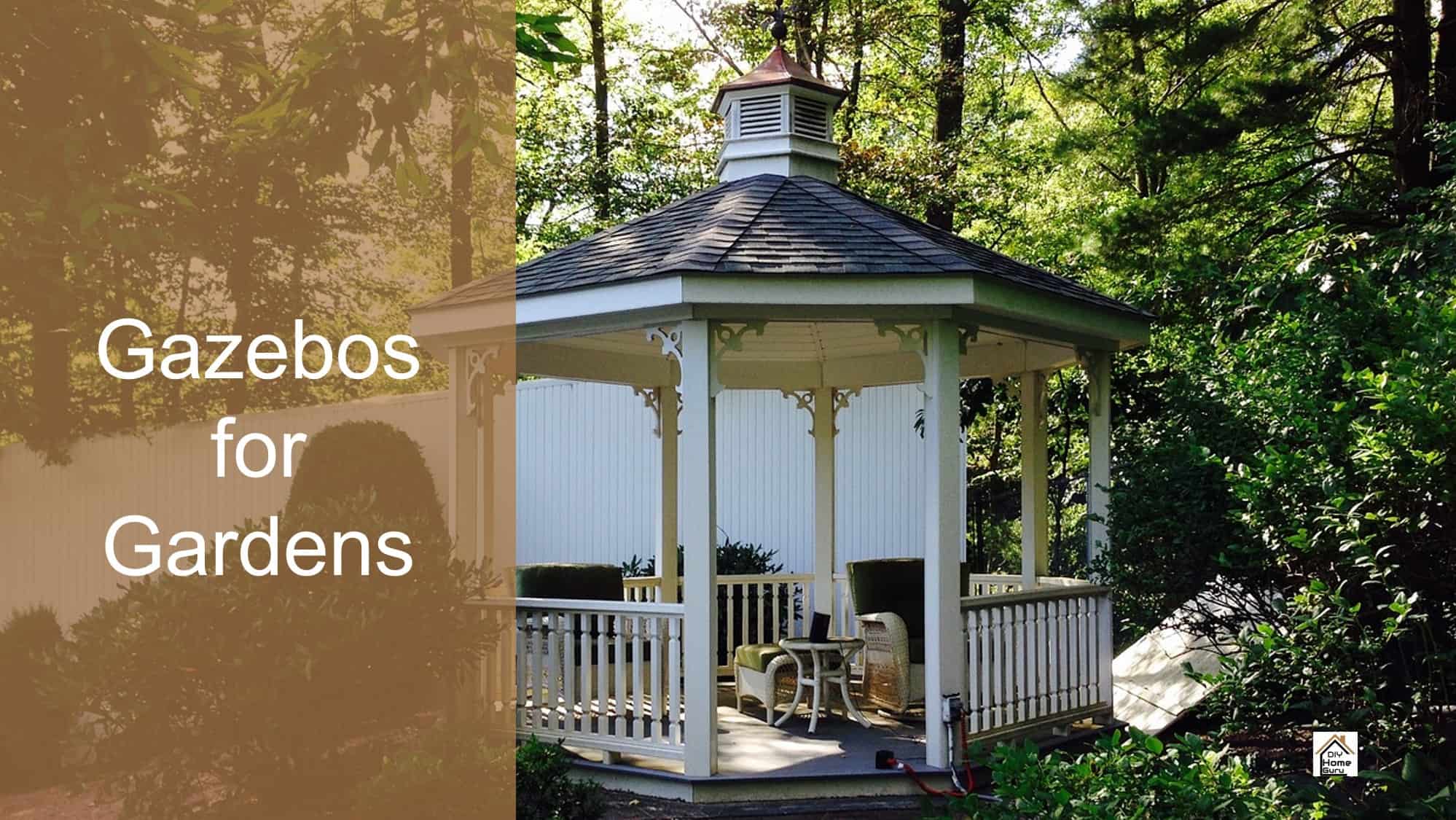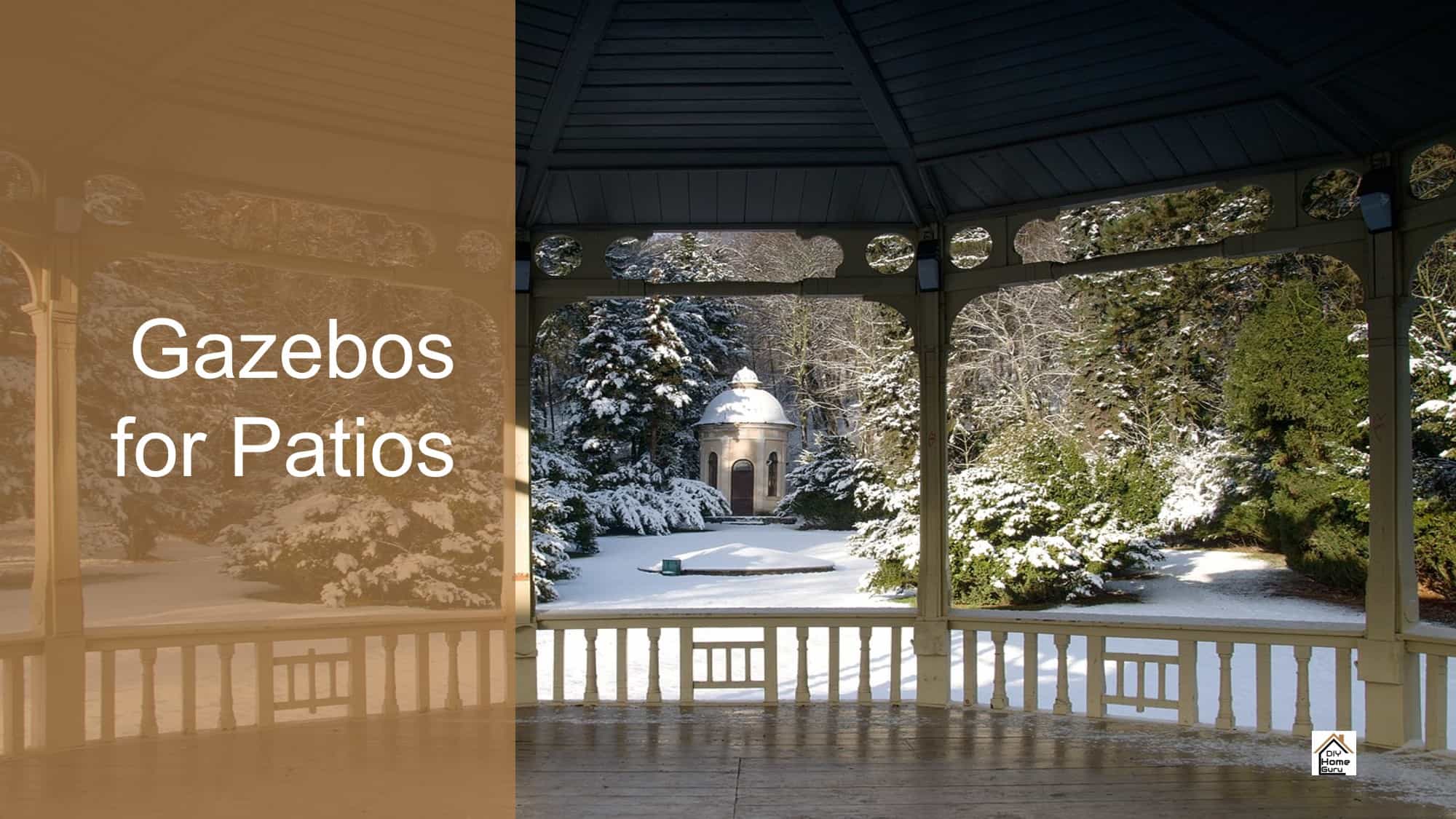Having a gazebo in your outdoor space can offer a peaceful retreat, a shaded area for relaxation, or a great spot for gatherings.
However, the open nature of gazebos makes them susceptible to wind damage. Ensuring your gazebo is well-anchored and wind-resistant is crucial to its longevity and your safety.
In this article, we’ll walk through various methods to secure your gazebo from strong winds.
1. Weight Bags and Anchor Bags:
- Usage: Weight bags are specially designed for pop-up or temporary gazebos. They wrap around the legs of the gazebo and can be filled with sand or water.
- Advantages: They’re portable, easy to set up, and are particularly useful for gazebos set up on patios or other hard surfaces where stakes can’t be used.
2. Pegs and Anchor Kits:
- Usage: If your gazebo is placed on soft ground, using pegs or stakes can be effective. These are driven into the ground and attached to the gazebo’s legs.
- Advantages: Offers a more permanent solution than weight bags and is generally more secure in case of very high winds.
3. Anchor Cables or Straps:
- Usage: These can be attached to the gazebo’s frame and anchored to the ground using stakes. They add extra resistance against winds.
- Advantages: Distributes the wind load, offering enhanced stability. Ideal for areas known to experience occasional strong winds.
4. Gazebo Leg Weights:
- Usage: These are weights specifically designed to fit around or at the bottom of gazebo legs.
- Advantages: Easy to install, they add significant stability to your gazebo without the need for external tools.
5. Use Wind Bars:
- Usage: Wind bars are additional bars you can add to your gazebo’s framework, increasing its resistance to wind.
- Advantages: They bolster the structural integrity of the gazebo, making it less likely to collapse under strong gusts.
6. Attach Side Panels:
- Usage: While gazebos are open structures, adding side panels can break the wind’s force.
- Advantages: Side panels not only add a degree of wind resistance but also provide additional privacy and protection from rain.
7. Secure the Roof:
- Usage: Ensure the gazebo canopy or roof is taut and properly fastened. A flapping canopy can catch the wind and act like a sail.
- Advantages: A secure roof reduces the risk of the wind getting underneath and lifting the gazebo or damaging the roof.
8. Positioning:
- Usage: Place your gazebo in a location that’s shielded from the prevailing wind direction, like behind a building, fence, or natural windbreak.
- Advantages: Minimizes the direct impact of wind on the gazebo.
9. Regular Maintenance and Checks:
Regularly inspect your gazebo for any signs of wear and tear. Tighten any loose screws, replace worn-out components, and ensure all wind-resistant measures are in good condition.
Conclusion:
Securing a gazebo against the wind involves a combination of good positioning, proper anchoring, and regular maintenance.
By taking these precautions, you can enjoy the benefits of your gazebo without the constant worry of wind damage.
Always remember, in cases of extreme weather predictions, it might be safest to disassemble temporary gazebos or seek professional advice for permanent structures.





